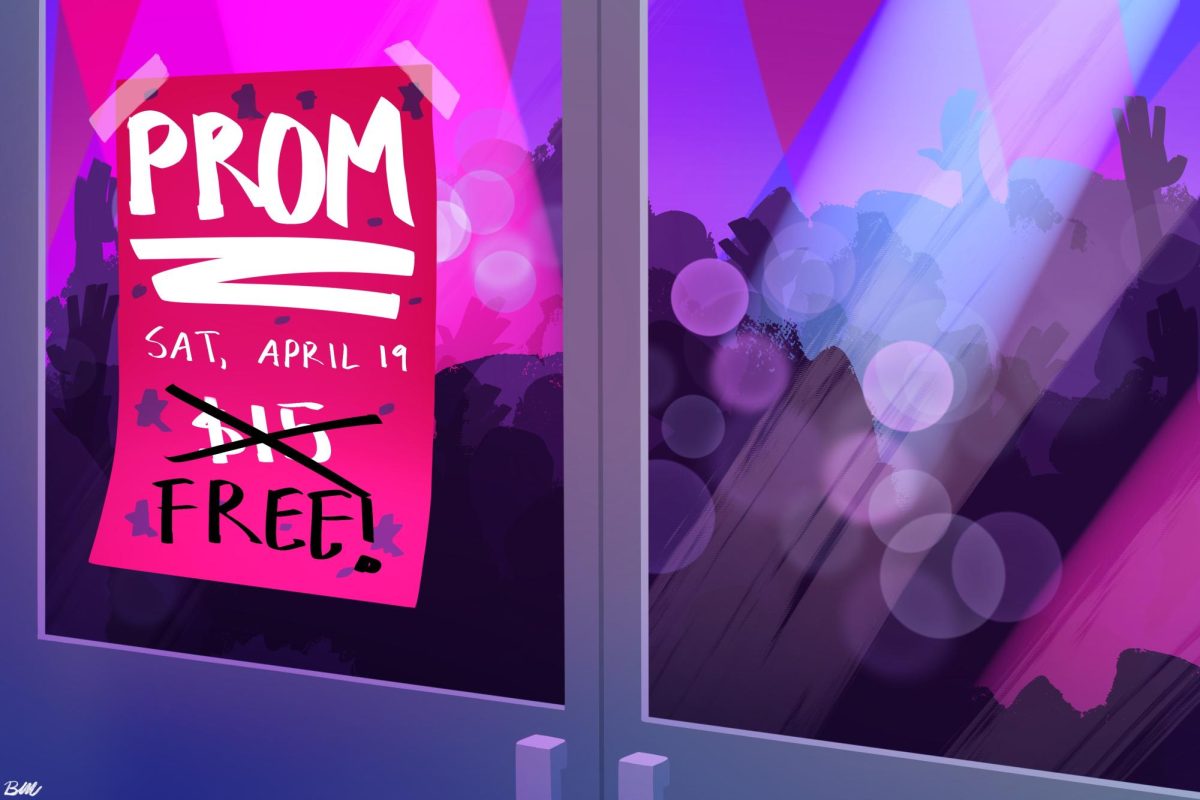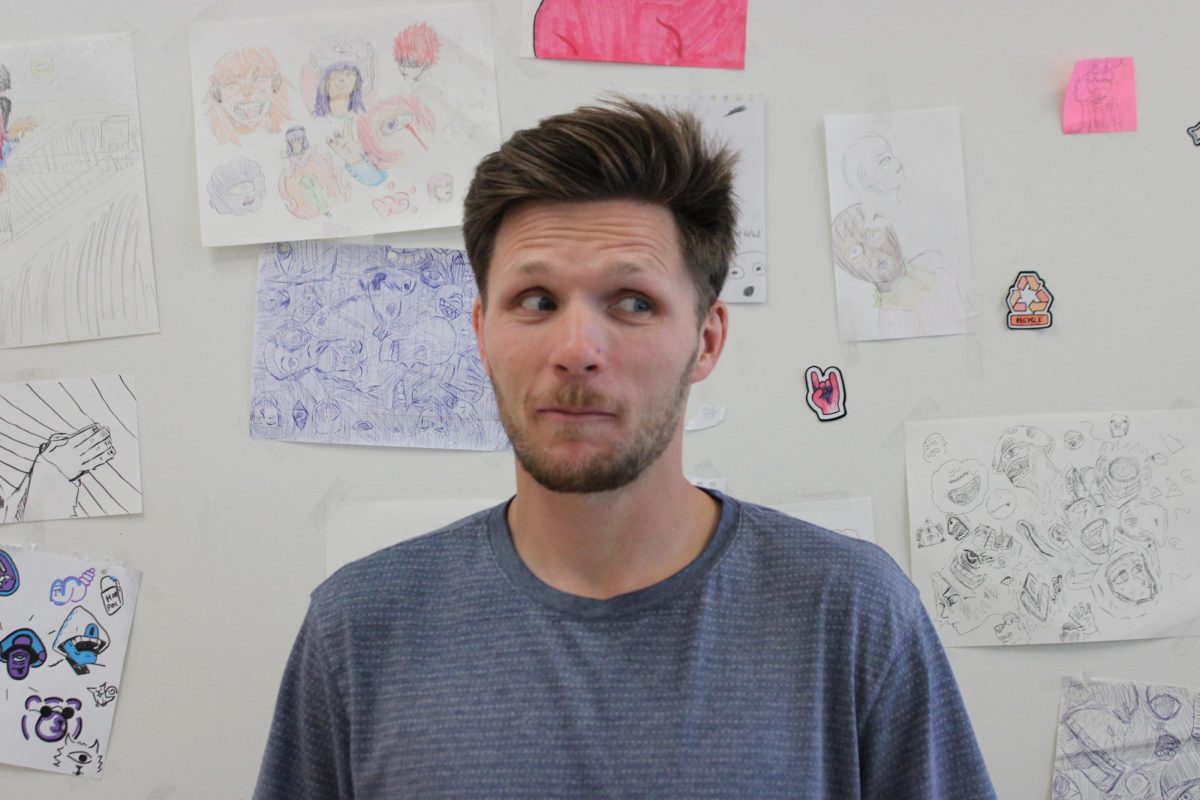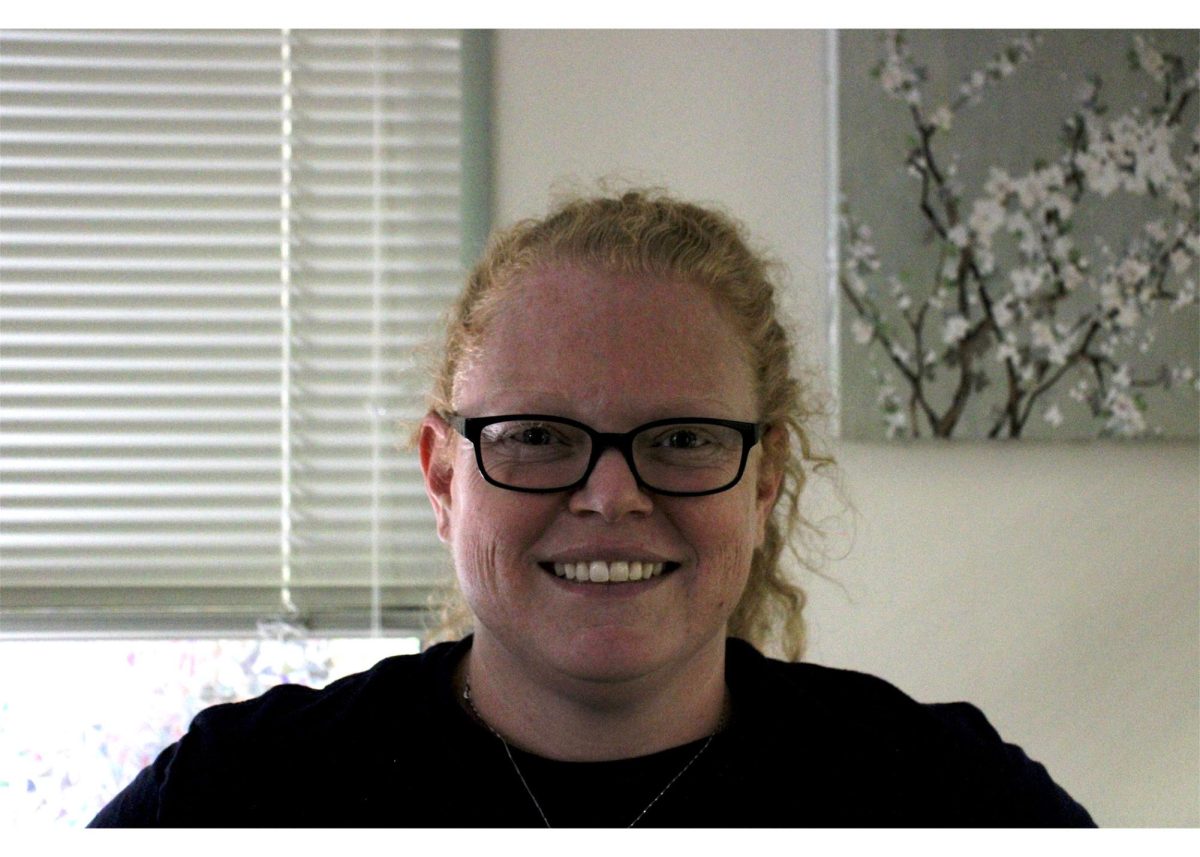Negativity Surrounds Teens More Than Ever
December 21, 2018
With depression, self-harm, and anxiety among youth at an all-time high, teens are in the midst of a mental health crisis. Even as more meds are being prescribed to help with depression, the number of teens who seek help for thoughts of suicide continues to increase, leaving experts wondering why this is the case and what can be done to address it.
In 2010, reports of happiness among teenagers was at an all-time high. They were excited about their future, yet content with their lives in the present. But in 2011, everything changed. Following 2010, the once happy teenagers became full of worry, and happiness decreased significantly. Teenagers now are experiencing dread and anxiety more than ever. Psychologists theorize that this sudden shift in the moods of teenagers is due to increased use of social media and the internet.
Instagram was created in late 2010, and quickly grew in popularity, with over 10 million users creating an account within a year. Shortly following the creation of Instagram was the first version of Snapchat, which was released in 2011. Experts believe that the increase in social media use is tied to the increased feelings of depression among teens. Study upon study has shown a correlation between feelings of depression and use of social media, yet nothing has been done to create a change.
Instant gratification comes along with Instagram, but so does instant shame. Even without a presence of cyber-bullying, social media can act as a conductor for negative thoughts. With Instagram came the ability to look at someone else’s life and compare it to your own. Although people can actively recognize that social media produces a platform to create a persona, the envy remains.
People often feel as though there is an anxiety paradox of sorts. Using social media has been linked to feelings of depression and increased stress, so teens are often encouraged not to use it. Yet, teens feel like they are missing out without social media.
Because of the correlation between social media and feelings of depression, many groups, including the LDS church, have encouraged teens to take part in a week-long social media fast. Many students took part in the break from social media, and nearly all of them reported feeling better and less stressed afterwards.
“It was a very positive experience because I feel as though taking an extended period of time to be with friends and family benefitted me a lot,” Highland senior Jorielle Dusenberry reflected. “Learning from that and growing from that has benefited me a lot in a positive way, and talking to people I go to church with and peers, they all had positive things to say about it.”
The social media fast encouraged by the church has produced almost all positive responses, showing that people are often happier without social media. It has even lead to many people deleting social media for extended periods of time. Although many people are choosing to cut this type of negativity out of their lives, most people remain attached to their social media accounts, for it is viewed as a common way of connecting with the outside world.
Along with being associated with feeling depressed, increased social media use has been tied to problems with body image. As social media became more common in everyday life, people became surrounded by unrealistic images of beauty. Though unattainable beauty standards were promoted in the media long before social media, placing these images at our fingertips keeps these images in the minds of teenagers at all times.
The internet can be an incredible resource for finding help with all kinds of mental health issues, but it can also encourage unsafe behavior, and can be a danger to easily-influenced teens. If a teen were to search mental health buzz words, half of the results would be websites providing help, while the other half would be encouraging or enabling dangerous behavior.
Social media has the ability to fuel a mental battle within each individual as well as among peers. The use of social media has played a key role in creating the broken politics that can be observed today. Experts agree that America is more divided politically than it ever has been, and it’s taking a toll on people on both sides.
Rather than discussing political issues, people tend to argue ineffectively. This can be seen through the thousands of political opinions promoted on social media daily, but also through the news.
What was once unbiased news may have an opinion that is conveyed through the way stories are covered, making it incredibly difficult for people to escape the anger and arguments looming around many political issues.
With technology on the rise, there has been an increase in job opportunities after receiving higher education, causing teachers to encourage college more and more to the students they teach. While pushing for students to receive higher education is beneficial, college graduates earn about 66 percent more than high school graduates on average, it is causing more stress among high school students than ever.
Because kids are now told from a young age that college is the best route to success, that it is the only way to gain an edge in the competitive job market, more people are going to college, and therefore more people are going into debt from student loans. Last year, the average student loan debt was about $39,400, and this amount doesn’t appear to be decreasing. The cost of college has been going up every year, and just last the cost of tuition went up 2.9-3.6 percent.
Although people have previously encouraged teens to enjoy their youth, for they are the “best days of your life,” it appears that a cloud of negativity has recently been looming around teens, making adolescence seem overwhelming, and adulthood sound impossible.




























